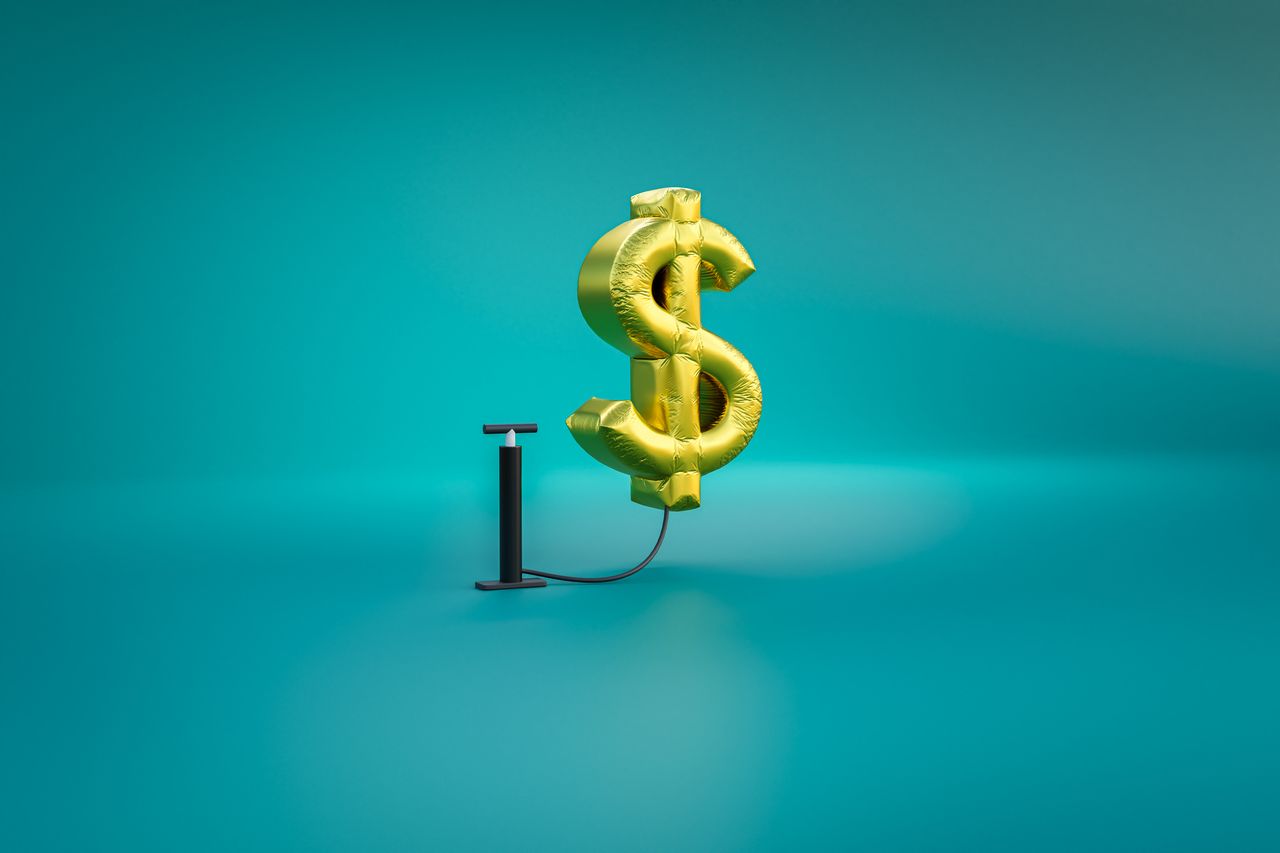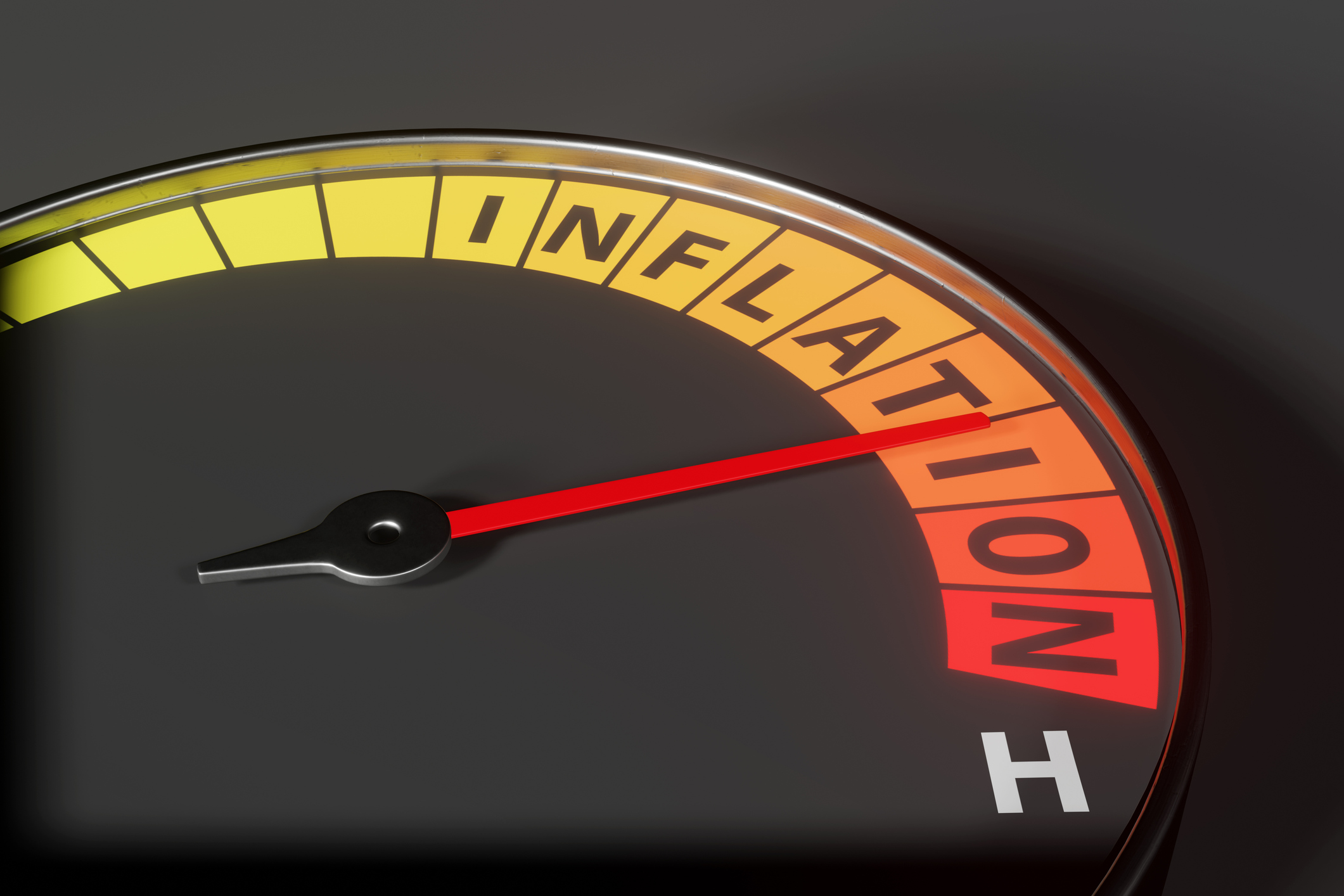
U.S. consumer price inflation remained sticky in July, with the Consumer Price Index (CPI) showing price increases for a broad range of goods and services.
According to the latest CPI report, headline inflation was up 0.2% month over month in July, slower than the 0.3% rise seen in June and in line with economists' estimates.
The CPI was 2.7% higher year over year, unchanged from the month prior and slightly below economists' projections for a 2.8% rise.
Core CPI, which excludes volatile food and energy prices and is seen as a better measure of underlying inflation trends, was up 0.3% month over month and 3.1% year over year. Both figures were higher than what was seen in July, while the annual increase came in hotter than economists' forecasts.
"Inflation is on the rise, but it didn't increase as much as some people feared," says Ellen Zentner, chief economic strategist for Morgan Stanley Wealth Management. "In the short term, markets will likely embrace these numbers because they should allow the Fed to focus on labor-market weakness and keep a September rate cut on the table."
Over the longer term, though, Zentner says that "we likely haven't seen the end of rising prices as tariffs continue to work their way through the economy."
CPI is still above the Fed's 2% target
Despite the in-line data, the bottom line from the July CPI report is that prices are still rising faster than consumers and the Fed would like.
Between 2000 and 2020, annual inflation in the U.S. averaged just 2.1%. (Recall that the Federal Reserve's inflation target is 2%.)
Perhaps we didn't appreciate it enough at the time, but the first two decades of the 21st century were a sort of Goldilocks era for inflation: not too fast and not too slow.
Just have a look at some of the subcategories in the latest CPI report to see how much things have changed. Below, we highlight the goods and services that are weighing most heavily on folks' finances.
Rising prices: where inflation is hitting hardest

Overall, grocery prices declined in July, though milk prices were up 1.9% and beef prices jumped 1.5%.
Notably, egg prices continued to fall, sliding 3.9% in July.
The food away from home category, which includes meals at restaurants and bars, rose 0.3% in July after gaining 0.4% in June.
Housing costs, or the shelter index, also remained sticky and lifted inflation last month.
"The index for shelter rose 0.2 percent in July and was the primary factor in the all items monthly increase," the Bureau of Labor Statistics said. "The index for owners' equivalent rent rose 0.3 percent in July as did the index for rent."
Elsewhere, prices for household furnishings (+0.4%) and apparel (+0.1%) increased in July, while medical costs were also on the rise. Indeed, the medical care index was up 0.7% due to higher prices for hospital and dental services.
Prices for airfare (+4.0%) and used cars (+0.5%) were also up last month, though the cost for new cars was unchanged from June.
There was some good news for consumers in the July CPI report: Energy costs declined 1.1% as gas prices dropped 2.2%.
Where inflation goes from here is hard to say as forecasters brace for a bigger impact from President Trump's tariffs.
"Tariffs have had limited effects on inflation so far. But since tariff rates are up one day, down the next, then up even more the day after, it is too early to say how large their effect on prices will ultimately be," says Bill Adams, chief economist at Comerica Bank.
Adams notes that some companies are likely holding off on price hikes "while they wait to see where tariff rates settle out," though he adds that "nobody goes into business to lose money, and companies will eventually pass on price increases one way or another."







